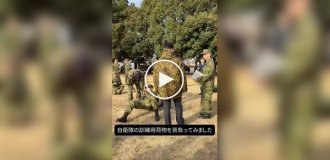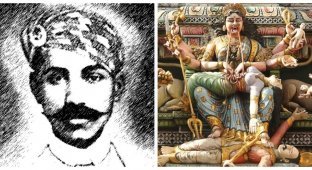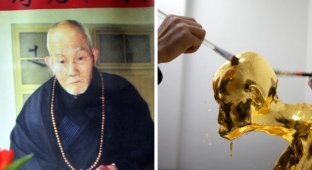Famadikhana - a strange tradition of the Malagasy (8 photos + 1 video)
The world is multifaceted and amazing and therefore beautiful. But the traditions of some peoples baffle not only refined Europeans, but also like-minded ethnic groups. 
One of these is famadihana in Madagascar, which literally translates to turning over bones. Once every seven years, locals remove the deceased from the crypt and, with a lot of honors, exchange their decayed shroud for a new one - made of white and beautiful fabric. What is noteworthy is that the ritual is relatively new. Researchers date it back to around the 17th century. The Merina and Betsileu tribes began to practice it. 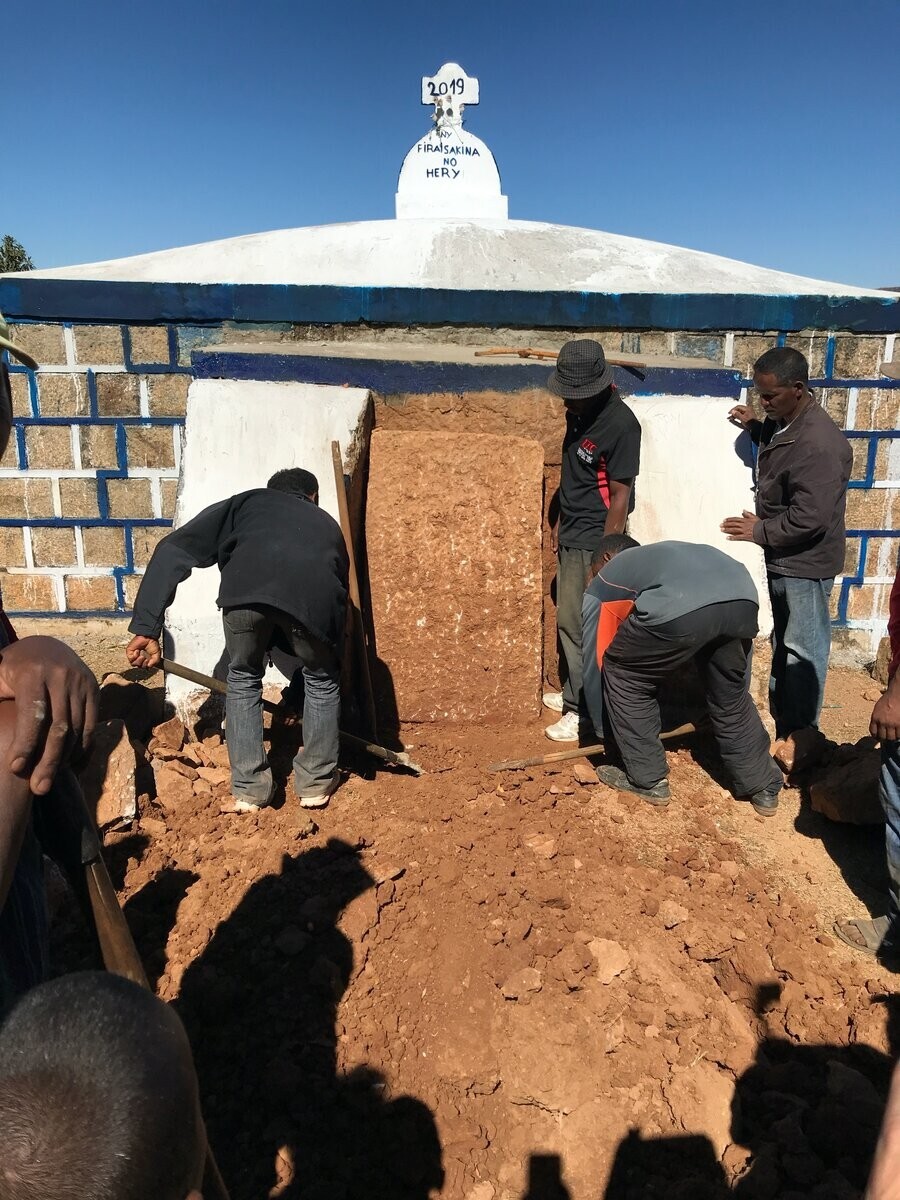
The Malagasy adhere to a simple philosophy. According to which the world of the living and the world of spirits can interact precisely through conductors – the dead. And so that the higher powers always have someone to put in a good word, the deceased are kept, as they say, at hand - they set up crypts within walking distance from their homes. And they regularly pray to the dead so that they do not forget about their still living descendants.
The Malagasy believe that the final transition to the spirit world occurs only when the body has completely decayed. Until this happens, the relative needs to periodically give a “shake-up.” 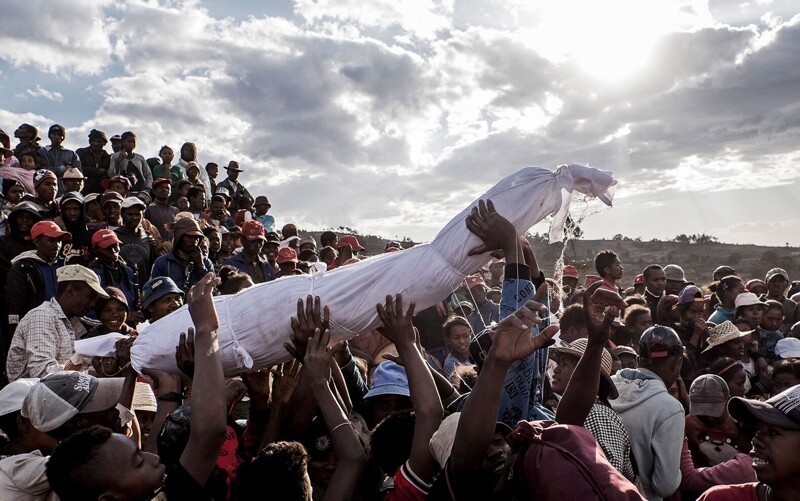
This is not a collective event, since the deaths of ancestors in different families occur on different dates. The day for turning over is usually chosen by the healer, but it must be during the dry winter season and not earlier than a year after death. So that the body has time to decay. 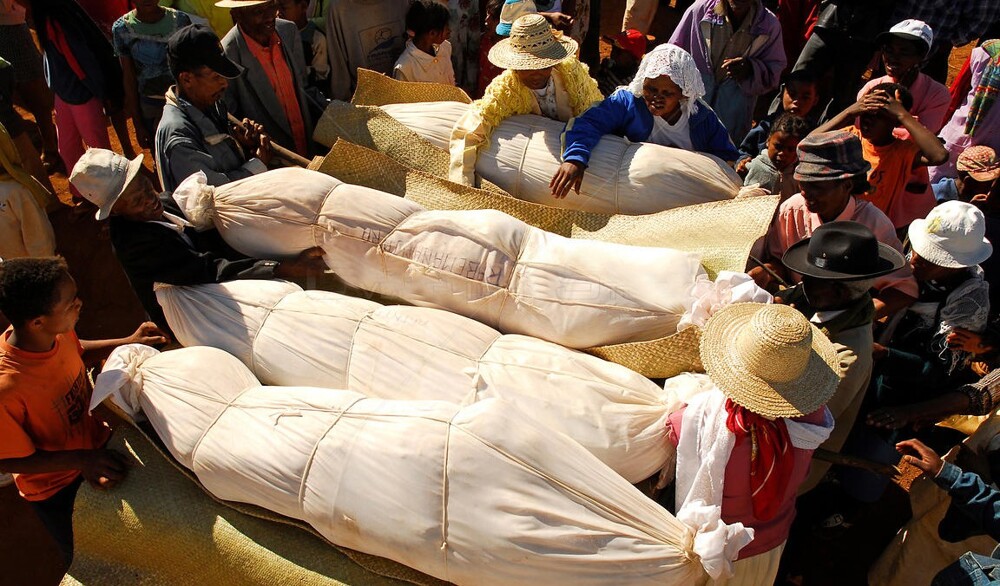
The remains of the deceased are taken to a specially constructed platform in the courtyard and solemnly wrapped in a new shroud made of homespun silk. It must be said that the event lasts two days. Not only close relatives, but also distant relatives, friends, and neighbors take part in it. Everyone heartily treats themselves to the meat of a sacrificial animal (usually a bull) and rice, washing down the meal with a local alcoholic drink - moonshine from sugar cane. 
When the people have already pretty much accepted it, then the main action begins. The disguised remains must be carried around the crypt seven times. The procession is accompanied by dancing and talking. The deceased is told about the events that happened over seven years. Children are shown their ancestors. An atmosphere of general fun and positivity is strictly required. Sadness and tears are prohibited. 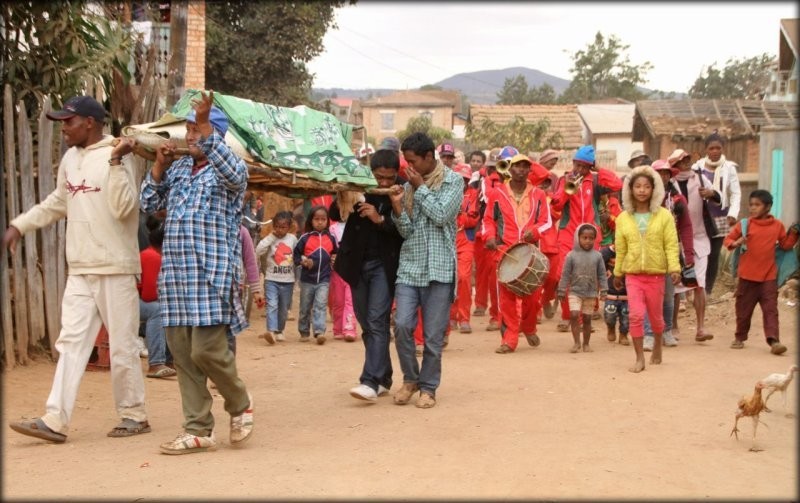
The third day of Famadihana is marked by the performance of specially invited musicians and artists of the Malagasy folk theater Hiragasi. A few hours later, the deceased returns to the crypt, the entrance to which is sealed with clay. Until the next famadihana. 
The mat on which the body lay is torn into pieces and taken with them by the guests. It is believed that the patches bring good luck, guarantee financial well-being and even the conception and birth of a healthy child. 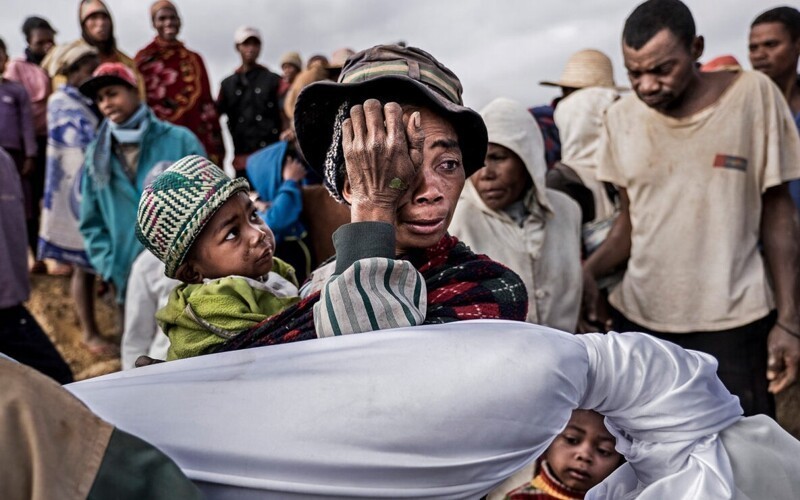
I must say that this event is very, very expensive. The family spends about a third of their annual income on the holiday. Of course, not all Malagasy welcome this ritual, although it is intended to preserve memory and show respect to those who have passed on forever. Plus, local Christian organizations also contribute.
But famadihana is still quite popular, because it is not only a way to preserve the memory of ancestors, but also an opportunity to show love to the family (relatives from different parts of the country gather for the ritual). Albeit in a specific way.








